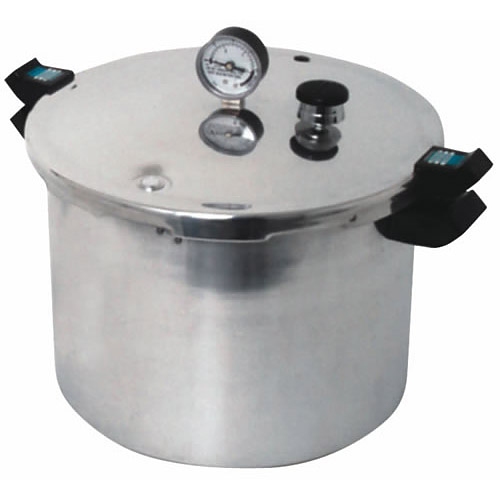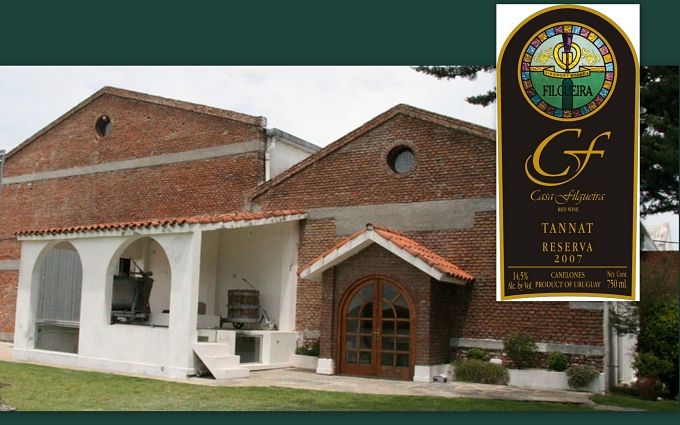Pressure Canning Food
/ Because we have limited fridge/freezer space and because the fridge/freezer consumes lots of power, we've looked for other ways to stock provisions that do not require refrigeration. Canning is one option. Recently when I talked about provisioning, I mentioned that we “can” some items before leaving on a long passage. Let me clarify that “canning” in the USA translates to “jarring”, “bottling” or “preserving” in other countries.
Because we have limited fridge/freezer space and because the fridge/freezer consumes lots of power, we've looked for other ways to stock provisions that do not require refrigeration. Canning is one option. Recently when I talked about provisioning, I mentioned that we “can” some items before leaving on a long passage. Let me clarify that “canning” in the USA translates to “jarring”, “bottling” or “preserving” in other countries.
I first tried it in Chile just prior to our Pacific crossing and it worked out well. We've met lots of tried and true sailors along our path who preserve some of their provisions by can processing, but it was Kiersten on the Danish boat "Sol" who inspired me to get started. They have no refrigeration on their boat and can meat regularly. We chatted about it and decided it was worth a try. In anticipation of our Pacific passage, we purchased a 16-quart Presto aluminum pressure canner
We were able to purchase 1/2L (pint) jars in Chile at the local hardware store. Pint jars seem to be the right size for a meal for two. I purchased extra lids just in case I couldn't find the right size in the next country I visited. Kiersten shared a tip that she regularly reused lids without a problem and actually purchased items in the supermarket that came in the correct size jar for subsequent use in canning. For our first few rounds, I took a more conservative approach and used new jars and lids.
I also purchased a book on the subject "Ball Complete Book of Home Preserving
I pressure canned 72 pints of ground turkey and chicken breasts that first time … enough for 72 dinners. I used a raw pack method which saved me from having to cook the chicken in advance. I took raw chicken (skinned and deboned), cut it into chunks and packed it into the prepared jars. Boneless, skinless breasts are the easiest, if they're cost effective. I followed the directions carefully, but honestly, there's not much to it. Note that we don't eat red meat, but beef, lamb and pork can just as well. It wasn't difficult and though it was time and propane intensive for a couple of days, seeing the bin containing the results of my labors was very satisfying. Between the fish David caught en route and our canned stores, we never had to buy meat (had it been available) all the way across the Pacific. Fish can be canned, too, but we usually only fish at sea and canning en route is not a practical thing to do.
Because several people have asked, I'll tell you that the preserved chicken product looks like chicken out of a can, except we think it tastes better. It's juicy, tender and delicious. It makes its own broth as it processes and I use this as stock when I'm cooking. Take any recipe calling for chicken and just add it … it's all cooked and ready to go. It makes a delicious chicken salad. The ground turkey (and I imagine ground beef would be the same) comes out in a clump and didn't look that appealing at first. It tastes great, however. Again, since it's all cooked, I can just add it to whatever recipe I'm cooking … chile, spaghetti sauce, taco mix ... and obviously the cooking time is significantly reduced. Another benefit to can processing is that you know exactly what's in the jar … no additives, no additional salt or sugar.
Once I figured out how easy the process was, I was a canning fool. When we were in Chile, apples and blackberries were in season. Canning fruits and veggies, I learned, is easier and less time consuming than meats, so I thought I'd give it a whirl. The results were wonderful. Having blackberry shortcake or fresh apple crisp en route, long after the other freshies were gone, was a special treat.
We found a heavy-duty plastic crate which held all 72 pints. I marked each lid with the contents and canning date. Whenever I use a jar, I wash it thoroughly and place it back in the crate for subsequent use. I found used cardboard dividers designed to separate wine bottles to cushion the glass jars. (We just happened to buy some wine.) David lashed the crate to the saloon table, so it was out of the way, but we have easy access to it by just removing the locking lid.
Now I find that having my bin of canned chicken and turkey is so convenient, I wait for chicken and ground turkey to go on sale and can up a storm when I'm in port to keep the bin full. If we're lucky enough to find enough berries or fruit to pick, we're quick to take advantage. We've kept canned processed foods for a year or more and it still tastes great.
Note: There are several precautions to take before, during and after the canning process to insure safety. They're not difficult and they're not cumbersome, they just make sense. Read up on the process before rushing out to buy a canner and jars. Follow directions carefully. You'll love the results.
Our friends, John and Shawn, aboard Active Transport are good cooks. They love Indian food and other recipes that would not make sense to cook while at sea. They make up large batches of their favorite meals and pressure can them in appropriate size servings before leaving on passages. John is just completing a book on the subject. I helped to edit it, so I had a sneak peek and know that his tips are practical, reasonable and easy to understand plus there are lots of recipes. If you're interested, let me know and I'll send along his contact information.
















